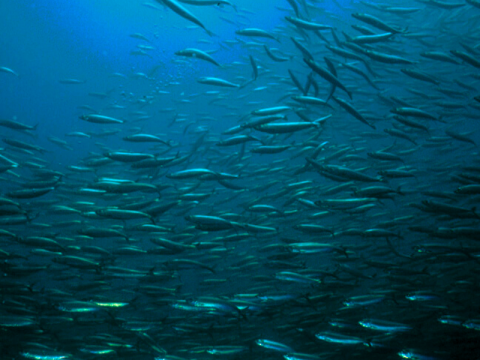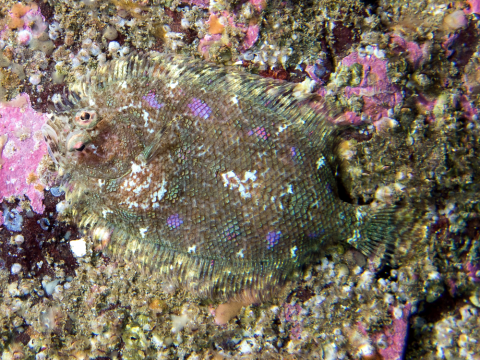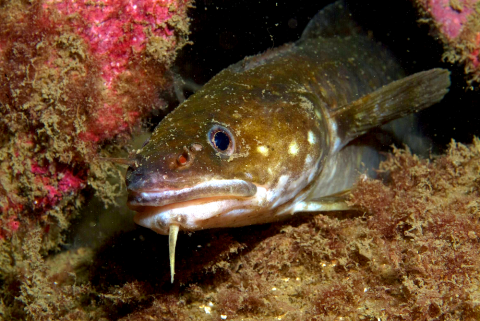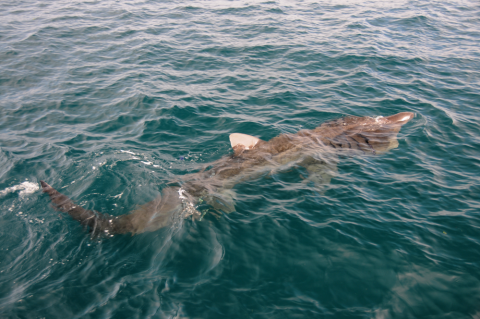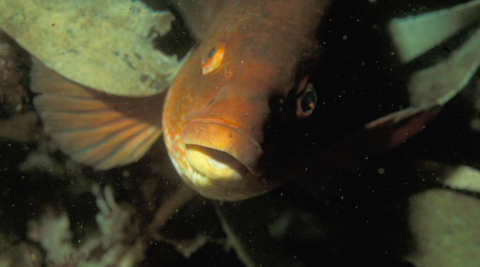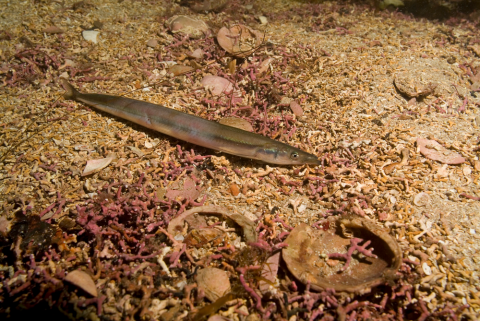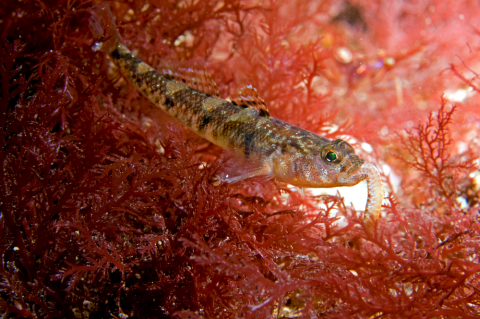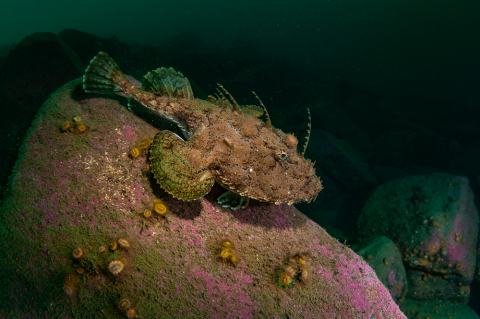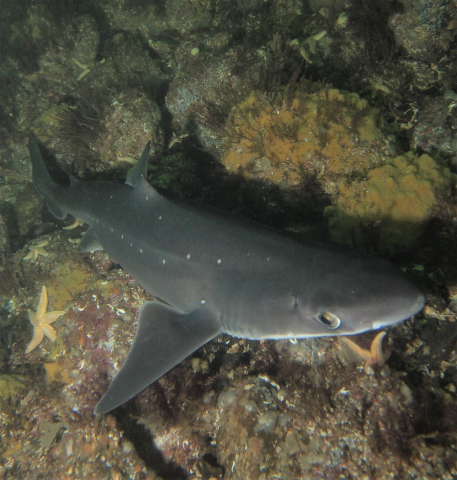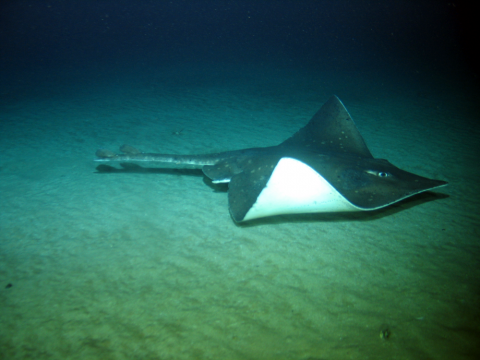Natural resources
Provisioning services
Various pelagic and demersal fish species are targeted for exploitation including cod, haddock, whiting, monkfish, saithe, herring and mackerel (see Fishing and Commercial Fish assessments). They are the most direct example of commercial use of marine wildlife, with Scotland’s fishing industry having a long and varied history of financial benefit from the marine environment. Wild-caught wrasse are increasingly being used to help control sea lice in salmon aquaculture systems. Sustaining these benefits depends on catch rates being within the natural limits of the populations, but also on the condition and functioning of the supporting habitats.
Cultural services
The history of the fishing industry has an associated cultural identity. For most fin-fish fisheries this has been eroded and concentrated to a smaller number of relatively industrial-scale ports. It can still attract tourists, artists and other visitors, although the cultural interest is more historical than contemporary. There is potential for wider awareness of this cultural heritage, through various communication channels, and its dependency on nature and sustainable fisheries to contribute to this aspect of Scotland’s identity. Some species are targeted for recreational fishing, either from the shore or from boats, also supporting some ancillary businesses. Salmon and (sea) trout spend part of their lives at sea before returning to rivers to spawn, where they support culturally and financially important recreation and tourism. Basking sharks attract tourism and wildlife watching, but the presence of a healthy wider fish community also has value for wildlife tourism associated with divers and snorkelers (and, indirectly, for bird watchers, as the birds rely on fish prey). The populations of marine fishes are also extensively researched, to inform the fishery management decisions but also for academic interest that contributes to our wider knowledge of the marine environment.
Functions
Regulating services
Fish species with large populations will makes a substantial contribution to the cycling of organic material and therefore the breakdown and deposition of matter to helps maintain clean water and sediments. The biological and genetic diversity of fish communities will also support wider ecosystem resilience to invasive species and disease.
Supporting services
The benefits of fishes are underpinned by natural processes and interactions with prey sources and habitats, including:
- Biomass production
- Predator-prey interactions
- Nutrient cycling
- Larval/gamete supply (supporting connectivity)
Ensuring these natural processes continue enables the ongoing supply of a wide range of benefits to people and nature.
Benefits for people
- Health and well-being
- Knowledge
- Clean water and sediments
- Spiritual / cultural
- Nature watching
- Food and nutrition
- Jobs and business
- Tourism and recreation


